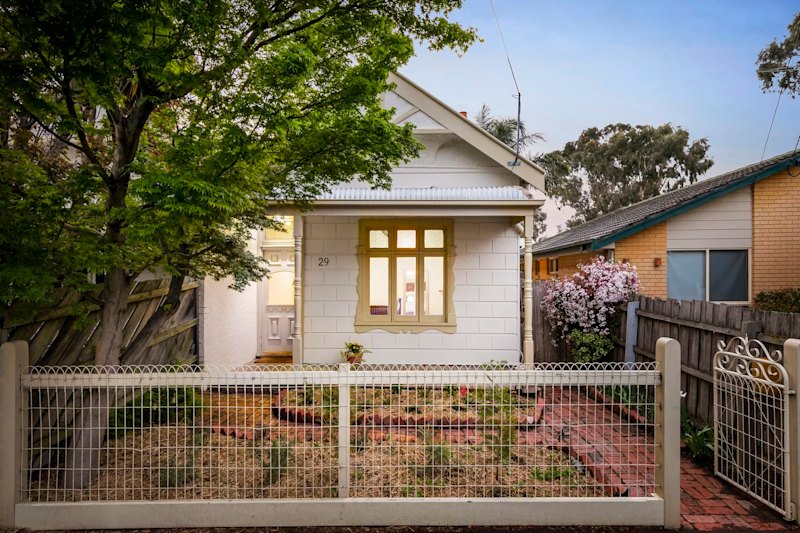Australians' housing debt at all-time high after doubling in 11 years

Australians’ mortgage debt has more than doubled in just over a decade to a record high, according to new data.
Housing debt per adult has increased by 136 per cent from 2004 to 2015, a Finder.com.au analysis of Australian Prudential Regulation Authority data shows.
The outstanding housing bank debt per Australian adult increased from $20,802 in December 2004 to $49,165 in December 2015.
Owner-occupier housing debt has “skyrocketed” and could have “profound implications for mortgagees’ capacity to service their debt” if house prices fell, Finder’s consumer advocate Bessie Hassan said.
 Credit card and personal loan debt versus owner-occupier home loan debt per Australian adult, 2004 to 2015. Illustration: Finder.com.au
Credit card and personal loan debt versus owner-occupier home loan debt per Australian adult, 2004 to 2015. Illustration: Finder.com.au
Much of the increasing indebtedness of households is due to the surge in house prices, with the average national loan size up from $189,300 in January 2004 to $372,400 in January 2016.
In Sydney, the median house price is $1,013,258, while Melbourne’s median house price is $719,486, latest Domain Group data shows.
“This has grown much faster than inflation, which would have increased an asset by only about 34 per cent in the same period,” Ms Hassan said.
She also pointed to a growing comfort with housing debt from current home buyers compared with “previous generations”.
“Simply put, if you’re serious about entering the property market, this is the predicament you face,” she said.
Australia has been titled one of the most indebted countries for household debt in the world.
Sydney house prices soared 52.6 per cent over the past three years, with Melbourne not far behind, which would affect the national debt average overall, Domain Group chief economist Andrew Wilson said.
But he said any predictions of large interest rate hikes in the short term or significant house price drops were “fanciful” with no major risks in the current lending environment.
“Borrowing is still at an 80/20 LVR (loan to value ratio), banks haven’t changed that,” Dr Wilson said.
“Banks aren’t throwing money at mortgagees, in fact they’ve been tightening their lending.”
Despite rising mortgage debt, 36.2 per cent of home owners expect to give high priority to spending money on their homes through renovations in 2016, according to Mortgage Choice’s latest Money Survey.
Mortgage Choice chief executive John Flavell said renovating not only improves a home’s value but could also allow home owners to stay put.
“Furthermore, with property prices continuing to rise across most capital cities year on year, many home owners may believe it is cheaper to renovate their home rather than buy and move elsewhere,” Mr Flavell said.
The Reserve Bank’s head of financial stability Luci Ellis on Friday said leverage had been rising but was not yet at an unsustainable level.
“Borrowing is running at a higher rate than household income growth more recently,” she said.
“But it’s simply not true to say that it’s been skyrocketing the way that it did in the late 1990s and early 2000s, there’s a clear inflection point.”
Offset accounts on mortgages were an excellent defence to risk shocks, which allowed borrowers to make overpayments, she said.
“Not everyone with a mortgage is ahead of schedule, but many are, and those offset balances are growing rapidly. That makes those borrowers more resilient to shocks and the whole system safer.”
Ms Hassan recommended home owners make fortnightly or weekly mortgage repayments, ensure they can make lump sum repayments with their lender, consider an offset account and round up their repayments to cut their debt down quicker.
“With interest rates at historic lows, borrowers need to be cautious and take into account that interest rates will rise at some stage during the life of their mortgage. In fact, all borrowers should have a buffer of 2 to 3 per cent to allow for these future rate rises if and when they do happen,” she said.
We recommend
We thought you might like
States
Capital Cities
Capital Cities - Rentals
Popular Areas
Allhomes
More







